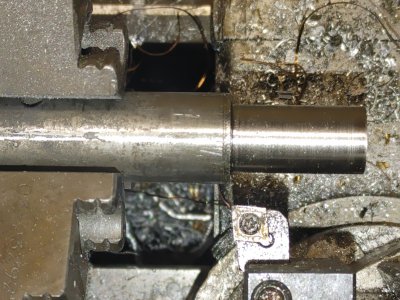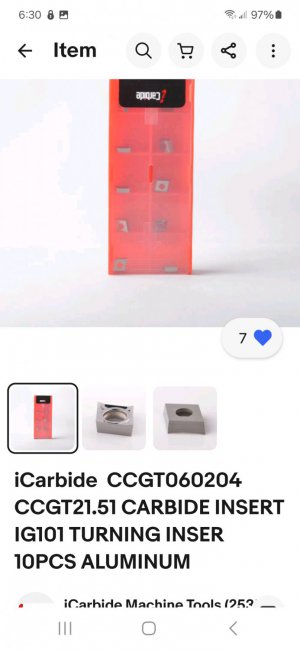- Joined
- Dec 26, 2015
- Messages
- 2,079

About my book "Introduction to Indexable Tooling for the Metal Lathe"
Some of the members here on Hobby-Machinist ask questions about my book “Introduction to Indexable Tooling for the Metal Lathe”. So, I thought I would post some sample pages from the book, to give an overall flavor of the writing style, and include the complete Table of Contents as an attachment...
 www.hobby-machinist.com
www.hobby-machinist.com




